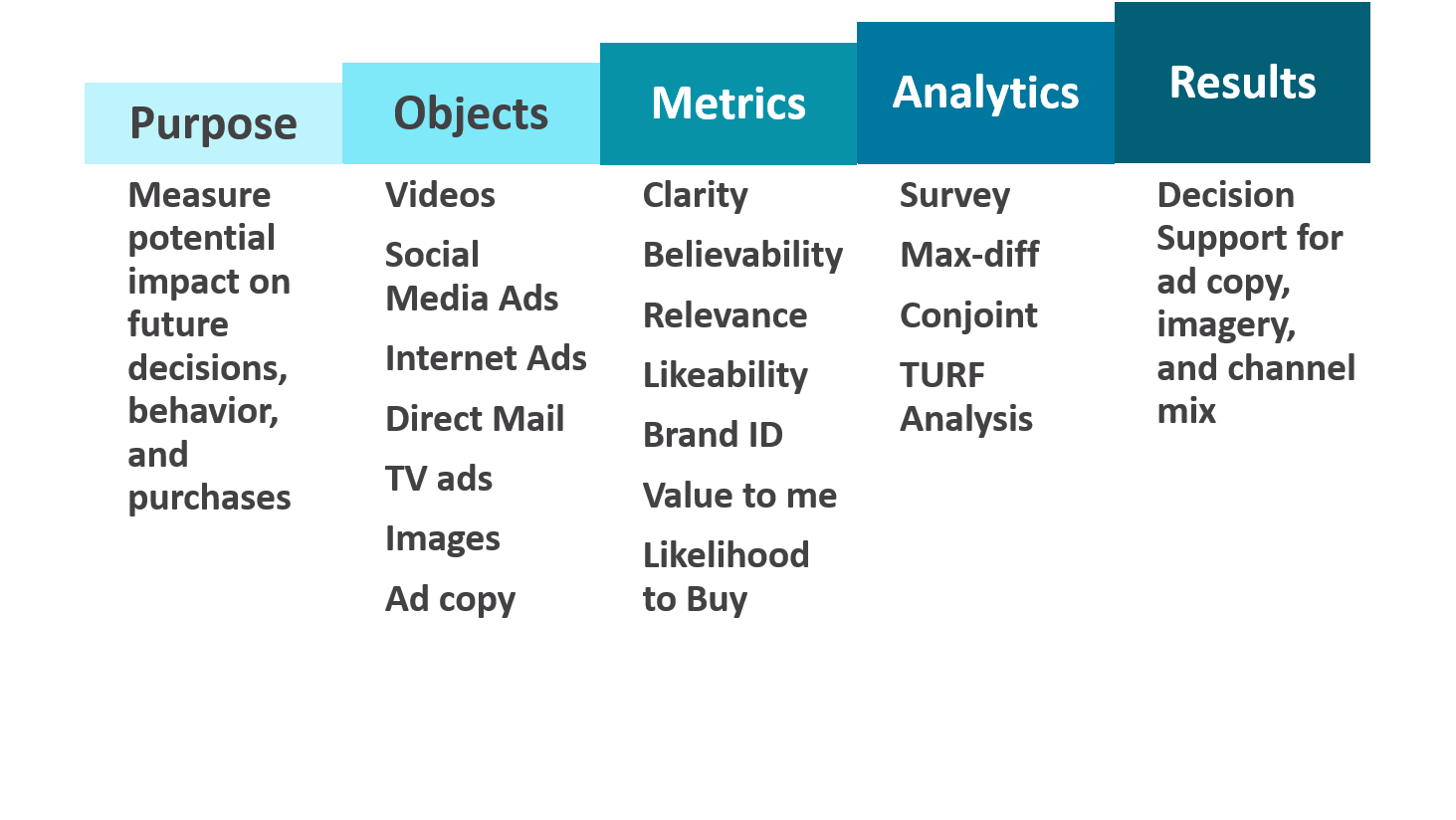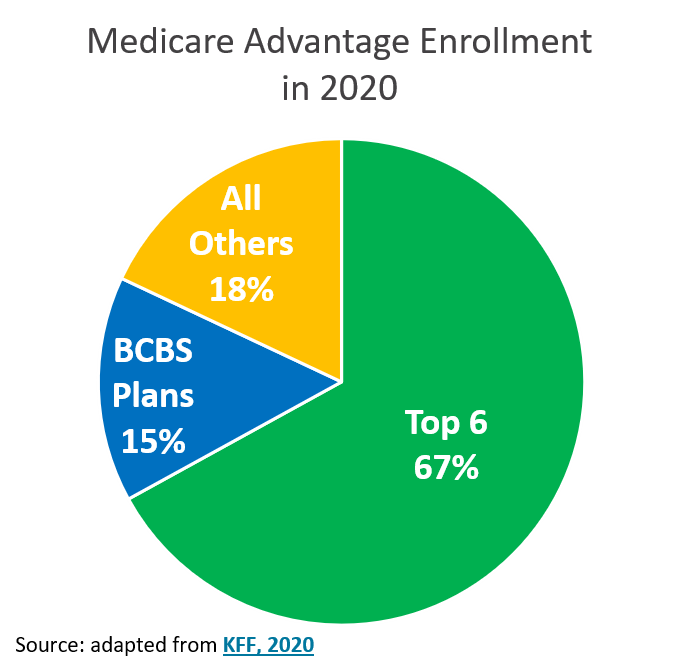
Summary. When health plans need to grow, every bit of market share has to be fought for, marketers are called to meet the challenge of attracting membership. To accomplish this, the look and messaging of promotions have become objects of closer scrutiny. Consumer research that tests imagery and messages to more rigorously identify compelling design and language is a new must-have. At the bottom of this post is access to more information.
The Benefits to Clients. Marketing and ad testing assures health plans include the consumer’s voice in decisions about ad copy, imagery, and format across a variety of channels. The research provides decision support so that mistakes are avoided and bolder decisions are possible.
Testing Marketing and Advertising. The popularity of online research has led to a variety of cost-effective research capabilities. We have developed reliable research processes for putting videos, text, Internet and other ads in front of consumers for evaluation. If desired, the separate components of advertisements — images, versions of copy, segments of video, headlines, calls-to-action, and other design elements — can be swapped in and out so that we can measure the contribution of each component to consumer appeal, interest, and motivation. In some cases, we have captured metrics on the several brand promises and value propositions being considered by a marketing team. In these cases, our analysis was used to assess which set of promises or values appeal to the greatest number of consumers — one promise, or more than one?
Although purposes can vary, generally, marketing and ad testing develops measures of the potential impact of promotional material on the future decisions, shopping behavior, and purchases of consumers. The table below presents some of the ideas that go into testing research.
Marketing and Ad Testing Research

In Medicare Advantage and IFP markets winners and losers are often defined by less that a one percent share change. In this environment, the promotion has become an important factor in consumer consideration and eventual membership. Clients commission this type of research because they know the promotion will convey the key value of a product, the brand’s promise, and a carrier’s market differentiation — so it is a weighty matter to get the message right.
 Medicare: The Right Environment for Research. For health insurers, Medicare Advantage (MA) remains a top opportunity. According to the Center for Medicare and Medicaid Services (CMS) MA is expected to continue growing at an estimated 11% per year through 2023. Because of its favorable business prospects, the nation’s largest carriers have poured millions into market development. As a result, about two thirds of Medicare Advantage enrollees are enrolled in 6 top players — United Healthcare, Humana, CVS Health, Kaiser Permanente, Centene, or Cigna — with another 15% in Blues affiliates. Less than 20% of enrollment is currently found in independent health plans.
Medicare: The Right Environment for Research. For health insurers, Medicare Advantage (MA) remains a top opportunity. According to the Center for Medicare and Medicaid Services (CMS) MA is expected to continue growing at an estimated 11% per year through 2023. Because of its favorable business prospects, the nation’s largest carriers have poured millions into market development. As a result, about two thirds of Medicare Advantage enrollees are enrolled in 6 top players — United Healthcare, Humana, CVS Health, Kaiser Permanente, Centene, or Cigna — with another 15% in Blues affiliates. Less than 20% of enrollment is currently found in independent health plans.
The competition in the MA market has created pressure to match market leaders’ basic benefits such as premium, maximum out of pocket, and cost sharing. This is why today 60% of MA members pay $0 premium — relentless price competition from national players has caused others to fall in line. The effectiveness of marketing and advertising is an important complement to traditional product differentiation strategies — marketing is the differentiation.
Your Deft Research Client Services Executive will be able to work with you to understand the best message and ad testing approach for you.
Please contact us with inquires: info@deftresearch.com.